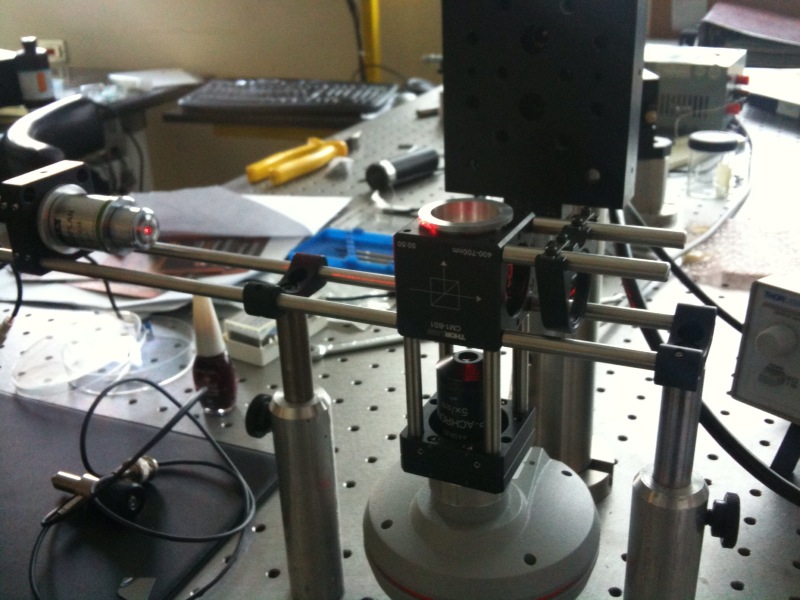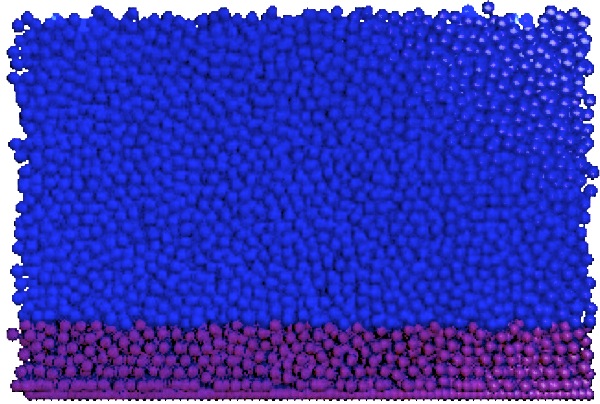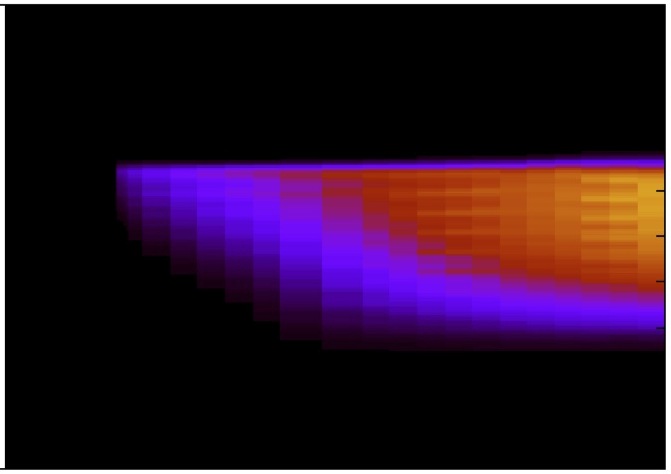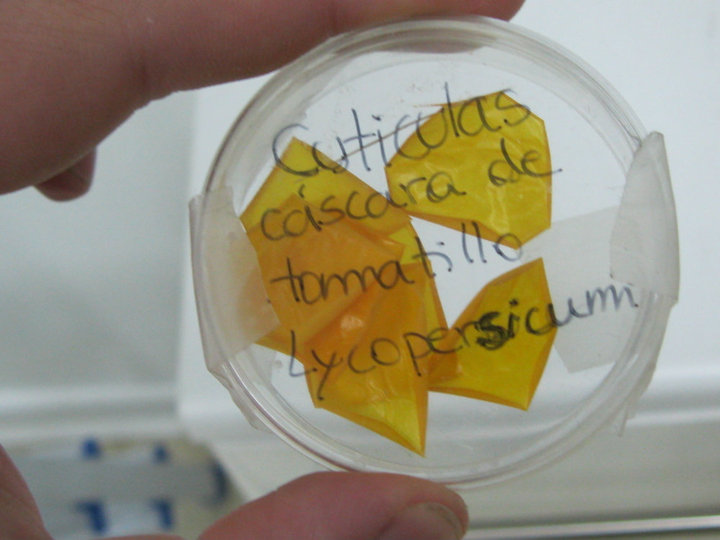
Mike Baumer
Mike's project was to re-build
a hydrodyanamic instability studied extensively in Prof. Nicolas
Mujica's group at the Universidad de Chile. At the right you cee
a vertical cylinder with a rotating cylinder in the middle. The
rapid rotation of the cylinder makes the water surface spontaneously
tilt. The experiment needs a vibration-free drive and precise measurements of the water surface profile as it swirls around. Michael's work improved the mechanical and electrical workings of the experiment greatly. After these improvements he had time to explore the rocking rate of the tilted surface vs the rotation rate.
David Blair
-
David worked with Prof. Roberto Bernal at USACH to develop a new
measurement tool: the micro-indenter. It uses piezo controllers
to make tiny, precise indentations in a test surface and measure the
associated forces. To work correctly the machine needs a control
system that senses the forces, drives the displacments and operate a
microsope camera.
Kyle Felker


-
Kyle studied Shear-like Fluidization of a horizontally vibrated
granular deposit via simulation under the supervision of Prof. Rodrigo
Soto. A picture of the simulation with the free grains above and a
solid floor below is shown at left. As in the case of granular
avalanche, a horizontally shaken box
of sand releases stress through gradual surface
fluidization. He found that the shear band (colored region
in picture at right indicating region of moving grains) advances
exponentially with increasing shaking strength (horizontal axis of
right-hand picture)---even faster for longer
driving periods. The shear band seemingly slides (no
rolling)
over the bottom layers.
Trent German
-
Trent worked in the lab of Raul Cordero. His subject was the
"Cuticulas" seen at the left, peeled from the skin of fruits. The
task was to measure their strength, a measure of the fruit's
robustness, using the pulling apparatus at right. He found a way
to cut precise sections of the cuticulas and showed his colleagues how
to manipulate them without damage. Using the machine he
measured the Young's modulus and monitored their thickness with a
laser interferometer.
Ned Lieb
Ned's project concerned the
strengthening properties of nanoparticle in the lab of Prof. Maritza
Paez at USACH. During his stay he was working on preparing
silanol films modified with silver nanoparticles and determining
their mechanical properties, founding relevant results associated
with the influence of incorporating the nanomodifiers
Nikita Nangia
Can you make a sheet of paper
tear in a desired shape by perforating it? This is the
question posed by Prof. Eugenio Hamm at USACH. They have a
computer-controlled perforator that can punch lines in any desired
pattern. Nikita found that if you make a line of parallel slits,
the shape of the tear is scalloped. Nikita found that for a given
initial separation w of the perforated lines, near criticality, the
angle of propagation of the cracks approached the angle of a simple
tearing experiment corresponding to the same instantaneous value of w
(local width of the strip).
Paul Wyatt
-
Paul worked on chaos in surface waves in the lab of
Prof. Claudio Falcon at the Universidad de Chile. Paul was
supposed to develop an experiment on waves in a trough with an
irregular bottom. Paul, with the help of another intern,
designed
an new experiment with greater length, depth, robustness. It is
shown at right. the irregular bottom is made by the black blocks
on the bottom of the trough. Capacitive sensors record the height
of the waves generated at one end of the trough Paul
upgraded these sensors and resonant circuits used for data
acquisition.




